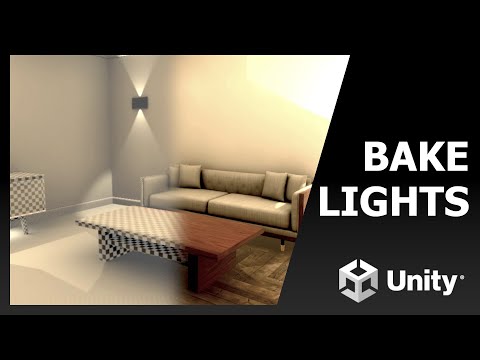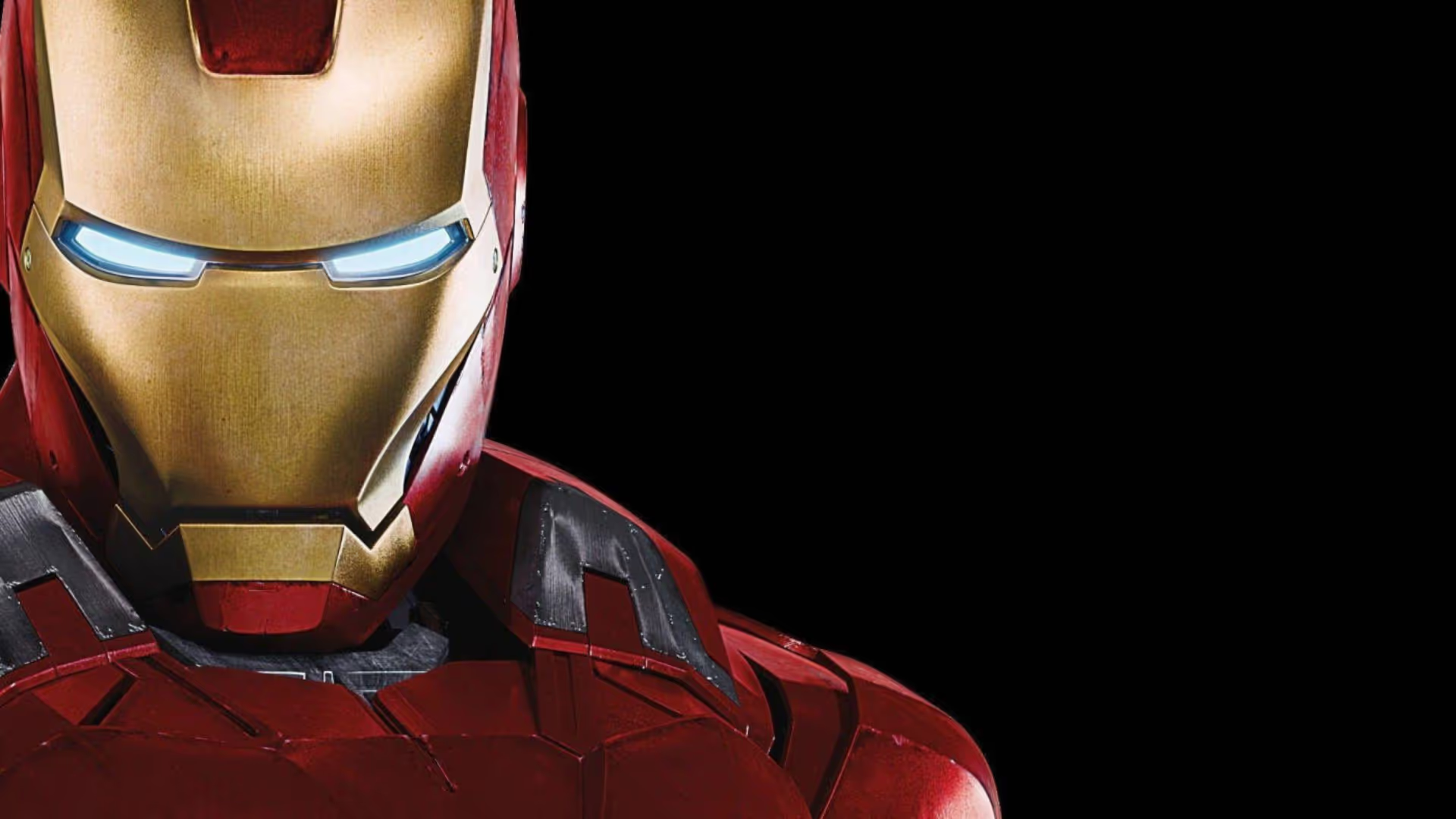Light Baking with Unity Bakery Plugin
Light baking is a technique used to optimize performance in Realtime applications like videogames and VR applications.

What is light baking?
Light baking is a technique used to optimize performance in Realtime applications like video games and VR applications. This technique is used to pre-calculate light information, like shadows and reflections, offline before running the application and packing this light information into textures called Light maps, which are then combined with the materials' textures during runtime to give the light and reflections effect without the need to calculate them real-time, thus improving performance.
GameObjects are categorized into 2 categories:
- Static objects: Objects that do not move relative to lights in the scene, like walls, floors, mountains, meaning that neither they move relative to the lights or the light moves relative to them.
- Non-static objects: Objects that move in the scene relative to the light. Like players, NPCs and so-on.
Lights are categorized into 3 categories:
- Baked Lights: Lights that have their light data baked into textures for static gameobjects offline. These lights will not have impact on non-static objects.
- RealTime lights: Lights that have their light data calculated during runtime.
- Mixed Lights: They have the power of both Baked and Realtime lights. They will have their light data baked for static objects before runtime, and their light data calculated during runtime for non-static game objects. So, it offers the optimization needed for static objects and the correct light information for the non-static objects.
In order to bake lights for a static game object, you will need 4 things:
- GameObject must be marked as Static and contribute to Global Illumination
What is light baking?
Light baking is a technique used to optimize performance in Realtime applications like video games and VR applications. This technique is used to pre-calculate light information, like shadows and reflections, offline before running the application and packing this light information into textures called Light maps, which are then combined with the materials' textures during runtime to give the light and reflections effect without the need to calculate them real-time, thus improving performance.
GameObjects are categorized into 2 categories:
- Static objects: Objects that do not move relative to lights in the scene, like walls, floors, mountains, meaning that neither they move relative to the lights or the light moves relative to them.
- Non-static objects: Objects that move in the scene relative to the light. Like players, NPCs and so-on.
Lights are categorized into 3 categories:
- Baked Lights: Lights that have their light data baked into textures for static gameobjects offline. These lights will not have impact on non-static objects.
- RealTime lights: Lights that have their light data calculated during runtime.
- Mixed Lights: They have the power of both Baked and Realtime lights. They will have their light data baked for static objects before runtime, and their light data calculated during runtime for non-static game objects. So, it offers the optimization needed for static objects and the correct light information for the non-static objects.
In order to bake lights for a static game object, you will need 4 things:
- GameObject must be marked as Static and contribute to Global Illumination
Get Notified about new courses Ironman/Lady
Want to be the first to know about new courses release dates? Subscribe and we'll make sure it happens!



